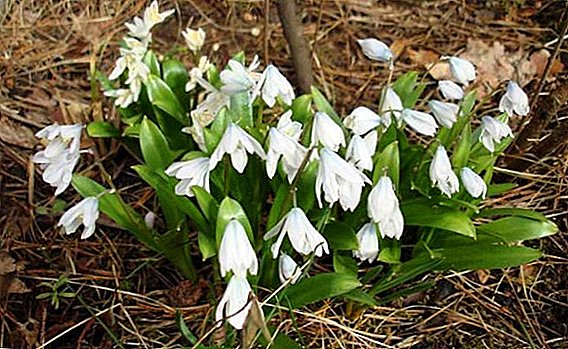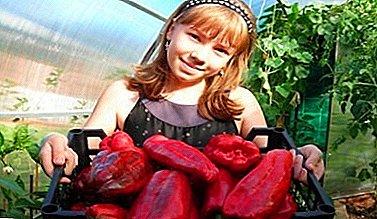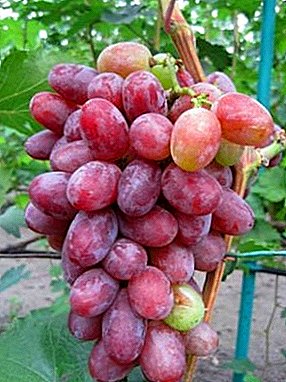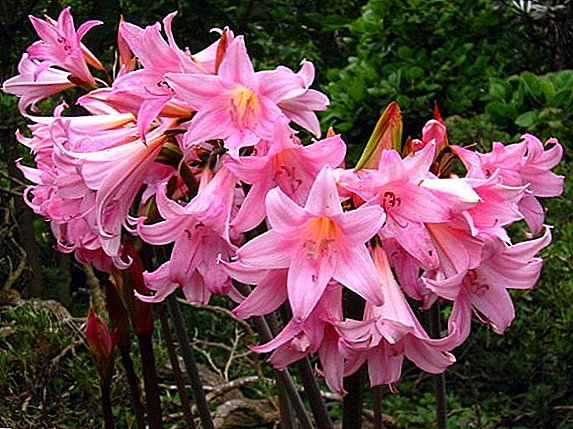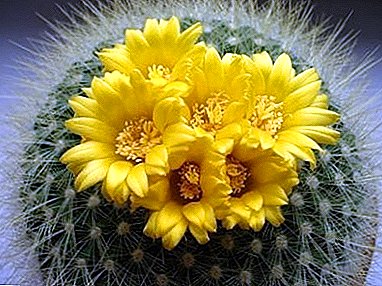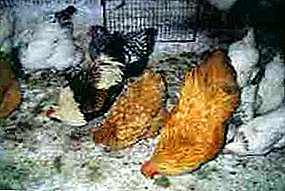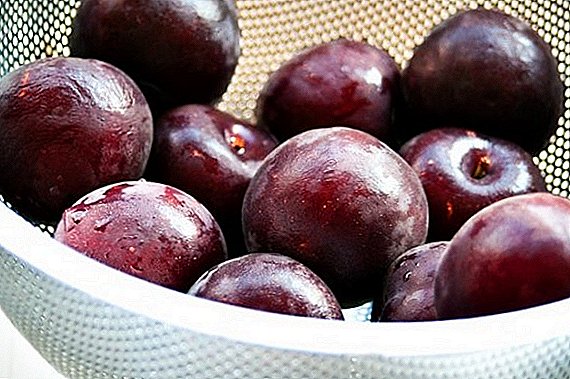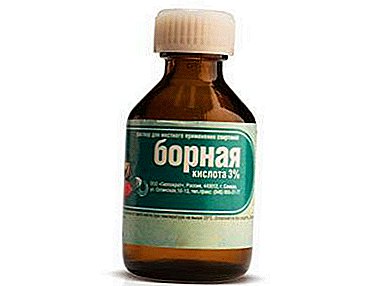
Boric acid is the most accessible compound of boron, the most important trace element for all plants.
It is part of many complex fertilizers. And it looks like a crystalline substance with no color and odor.
It is easily dissolved in water, so it is very convenient to use boric acid.
Boric acid may well be called a universal remedy, since the spectrum of its use is incredibly wide.
Where is used?
In the garden and garden
There are legends about the priceless effect of boric acid on plants, but in fact it is difficult to overestimate it. Here are the main beneficial qualities of boric acid:
- Excellent fertilizer, thanks to him, the growth of young shoots, fruit ovary is enhanced (and accelerated), used in the garden for tomatoes, that is, the yield increases. Apply best in the form of sprays. It also effectively stimulates the germination of seeds, before sowing they are soaked in the prepared solution.
 Good protection against diseases, because with a lack of boron in plants, development slows down, all sorts of rot, bacteriosis, duplicity and other diseases begin to appear. You can make it in the form of foliar feeding, or you can water the plant, as usual, under the root.
Good protection against diseases, because with a lack of boron in plants, development slows down, all sorts of rot, bacteriosis, duplicity and other diseases begin to appear. You can make it in the form of foliar feeding, or you can water the plant, as usual, under the root.- Pest control. Boric acid successfully helps to get rid of many harmful insects, for example, from aphids, wood lice, ants. It can be simply scattered in strips (approximately 5 mm wide) along the plants with pests; it can be poured directly onto the anthill.
For indoor plants
Boric acid has been used in home floriculture for a long time as a top dressing and fertilizer. It contributes to a more lush flowering due to the development of a large number of buds, the plant due to such dressings becomes stronger and healthier.
Harmful properties in case of overdose
Boric acid is classified as the lowest hazard class of harmful substances., but it must be applied in the proportions and dosages, which are prescribed in the instructions. If it is excessively introduced (abused), then you can get a negative result - the leaves on the plants will start to turn yellow and die, the roots can burn themselves. In case of overdose, the plant is damaged at the cellular level and the plant will simply die.
Contraindications
Boron, like many other elements, can be a salvation, but it can also be poison. Boric acid should never be added to the soil in reserve, instead of being used, plants can be damaged - this must always be remembered.
It is also not recommended to bring it into the black soil. If the plant suddenly has a surplus of boron, then this can be understood by the following features:
- The leaf turns yellow and takes on an unnatural dome shape.
- Its edges are raised and wrapped down.
- The surface of the sheet may be glossy.
ATTENTION! Naturally, if you notice similar signs in the form of yellowness, tucking or leaf glossiness on your plants, in no case can you use boric acid for them.
Buy or make yourself what to choose?
 Of course, here everyone has the right to choose the most convenient option for themselves. There are always pros and cons. When buying a finished fertilizer, you will not need to spend extra time - after all, it is enough just to add it and that's it (spray or water the plant).
Of course, here everyone has the right to choose the most convenient option for themselves. There are always pros and cons. When buying a finished fertilizer, you will not need to spend extra time - after all, it is enough just to add it and that's it (spray or water the plant).
But not always in the composition of the finished fertilizer are the substances we need, something may have to be added. With an independent preparation of the composition, you can take into account all the nuances and choose the ideal composition.
What else is important - ready-made fertilizers are always more expensive. However, if you have just recently started gardening and are still quite new to this business, then, of course, you should purchase ready-made fertilizers.
What kind of ready-made fertilizer is in the composition?
There are a number of fertilizers (including complex ones) that contain boric acid. The stores offer a very wide selection of fertilizers with boric acid:
- Borax - It is recommended to bring it into the soil as usual root dressing.
- "Mag-Bor" - a very popular drug for the treatment of all vegetable crops is suitable. Packaging is usually 20 g, diluted in a bucket of water (10 l).
- "Pokon" - this liquid boron fertilizer is ideal for indoor ornamental plants.
- Boric superphosphate - inexpensive and one of the most popular fertilizers.
- "Fertika Suite" - it is a universal complex fertilizer with microelements, which is suitable for seedlings, for plants of open ground, and for indoor.
Treatment
 For indoor plants, there is a processing scheme as follows:
For indoor plants, there is a processing scheme as follows:First, prepare the solution of the desired concentration: 1 cup of water should be heated to about 50 degrees, dissolve 1 g of boric acid in it. Cool and add enough water to make a volume of 1 liter.
It is necessary to process (in order to feed) indoor flowers at the time when the buds begin to appear on them, preferably in a foliar way.
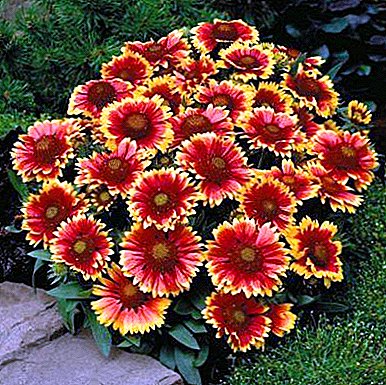 For garden flowers there is a processing scheme such:
For garden flowers there is a processing scheme such:In one bucket of water you need to dissolve 2 teaspoons of boric acid, the treatment should be carried out just before flowering, and the second time - when flowering has already begun. You can spend spraying dressing, and you can just pour the root.
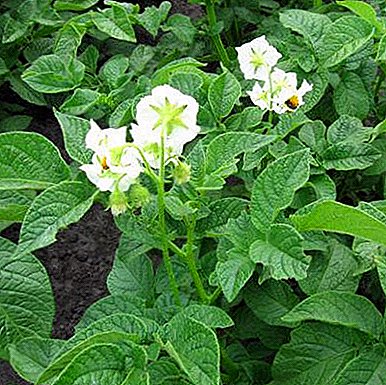 For potatoes, the processing scheme is as follows:
For potatoes, the processing scheme is as follows:The first step is to treat the tubers at the beginning of germination, (it is convenient to do this when the potatoes are laid out in boxes), this will serve as a prevention against scab. The solution needs 1%. When added to the soil to boric acid is added phosphorus.
 For beet processing scheme is as follows:
For beet processing scheme is as follows:Before sowing, soak the seeds in 0.1% boric acid solution (overnight). You will also need one treatment with 0.5% solution in the period of 4 to 5 leaves and another one in the period of the beginning of ripening of the root. These manipulations guarantee a healthy and tasty beet harvest.
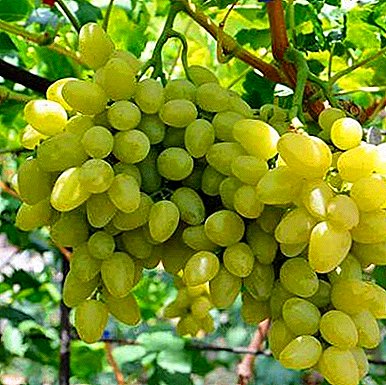 For grapes, the processing scheme is as follows:
For grapes, the processing scheme is as follows:During the budding period, it is highly desirable to treat with this solution: one teaspoon of boric acid and one teaspoon of zinc sulfate per bucket of water. Due to this, the grapes will not shrink on the grapes and the crop as a whole will increase by at least 20%.
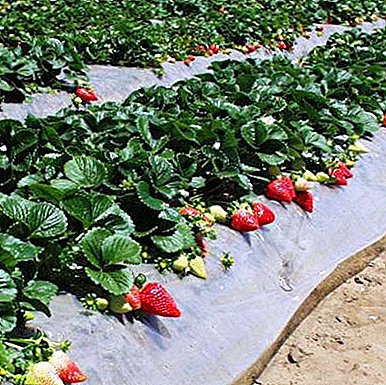 For strawberry processing scheme is as follows:
For strawberry processing scheme is as follows:In early spring you need to spray strawberries with this solution: one teaspoon per bucket of water (for the prevention of all kinds of diseases). And in the period of budding, it is necessary to process the bushes (on the leaf) with such fertilizer: take 2 g of boric acid and 2 g of potassium permanganate per bucket of water. Berries will delight their productivity after such processing.
 For apple trees, the processing scheme is as follows:
For apple trees, the processing scheme is as follows:Very favorable handling of the entire crown (spray), as far as you can get. Prepare a solution of 0.1% and process 2 times, the first time at the stage of the beginning of budding, the second time - after 5 days.
 For pears, the processing scheme is as follows:
For pears, the processing scheme is as follows:Be sure to make dressing with boron, due to the lack of boron on the fruit deformation appears, buds crumble. Prepare a 0.2% solution (20 g per 10 liters) and treat simultaneously with apple trees - also 2 times.
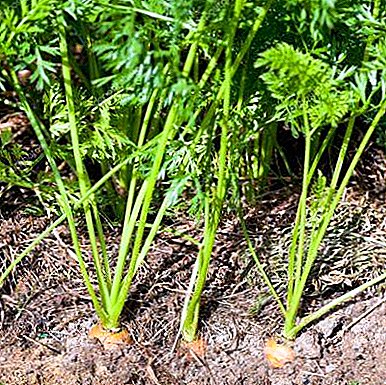 For carrots, the processing scheme is as follows:
For carrots, the processing scheme is as follows:Seeds before sowing incubated in a 0.1% solution of boric acid for about 12 hours. After 3 weeks after germination, watering is done under the root and you still need to spray it in the beginning stage of the development of the root crop with the same solution (0.1%).
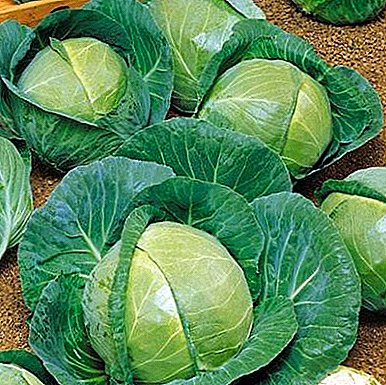 For cabbage, the processing scheme is as follows:
For cabbage, the processing scheme is as follows:Cabbage must be processed 3 times - at the time of the emergence of 2 leaves, the second time - when the heads of cabbages start to be tied, and the last time - when the forks begin to ripen. The solution should be as follows: 2 g of acid per 1 liter of water, spray on the leaves.
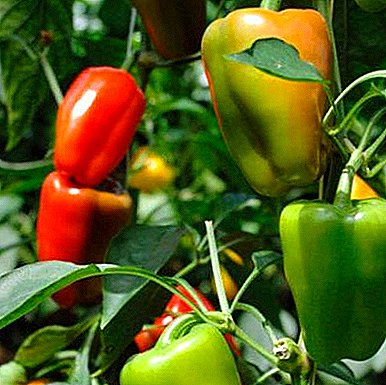 For pepper, the processing scheme is as follows:
For pepper, the processing scheme is as follows:Apply boric acid 3 times: before flowering, when it blooms and at the beginning of fruiting. This will allow you to collect a rich and healthy crop of pepper. You can also soak the seeds before sowing in solution (0.1%).
Boric acid cannot be dissolved in cold water, it can be done only in hot (warm) water.
It is also worth remembering that feeding and treating plants is best in the evening. This should be done in case of cloudy weather and use fine spraying.
IMPORTANT! If the application is done by the method of watering under the root, then the ground should not be dry, that is, the plants should be watered with ordinary water beforehand.
Side effects
Sometimes it happens that an excess amount of fertilizer applied (including boron) can speed up the ripening process of fruits and vegetables, but unfortunately they will be stored poorly. If there is an excessive amount of boron in forage plants, then animals can suffer, this leads to diseases.
Conclusion
What can be summed up? Of course, the use of boric acid among gardeners and gardeners is very active, because boron trace element accelerates all biochemical processes in a plant. And this is incredibly useful. Only you need to always remember the golden rule - “It is better to underfill than pour”, it also applies to boric acid. Do not allow an excess of boric acid in the soil.


 Good protection against diseases, because with a lack of boron in plants, development slows down, all sorts of rot, bacteriosis, duplicity and other diseases begin to appear. You can make it in the form of foliar feeding, or you can water the plant, as usual, under the root.
Good protection against diseases, because with a lack of boron in plants, development slows down, all sorts of rot, bacteriosis, duplicity and other diseases begin to appear. You can make it in the form of foliar feeding, or you can water the plant, as usual, under the root. For indoor plants, there is a processing scheme as follows:
For indoor plants, there is a processing scheme as follows: For garden flowers there is a processing scheme such:
For garden flowers there is a processing scheme such: For potatoes, the processing scheme is as follows:
For potatoes, the processing scheme is as follows: For beet processing scheme is as follows:
For beet processing scheme is as follows: For grapes, the processing scheme is as follows:
For grapes, the processing scheme is as follows: For strawberry processing scheme is as follows:
For strawberry processing scheme is as follows: For apple trees, the processing scheme is as follows:
For apple trees, the processing scheme is as follows: For pears, the processing scheme is as follows:
For pears, the processing scheme is as follows: For carrots, the processing scheme is as follows:
For carrots, the processing scheme is as follows: For cabbage, the processing scheme is as follows:
For cabbage, the processing scheme is as follows: For pepper, the processing scheme is as follows:
For pepper, the processing scheme is as follows: